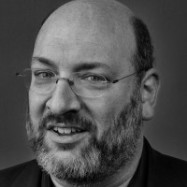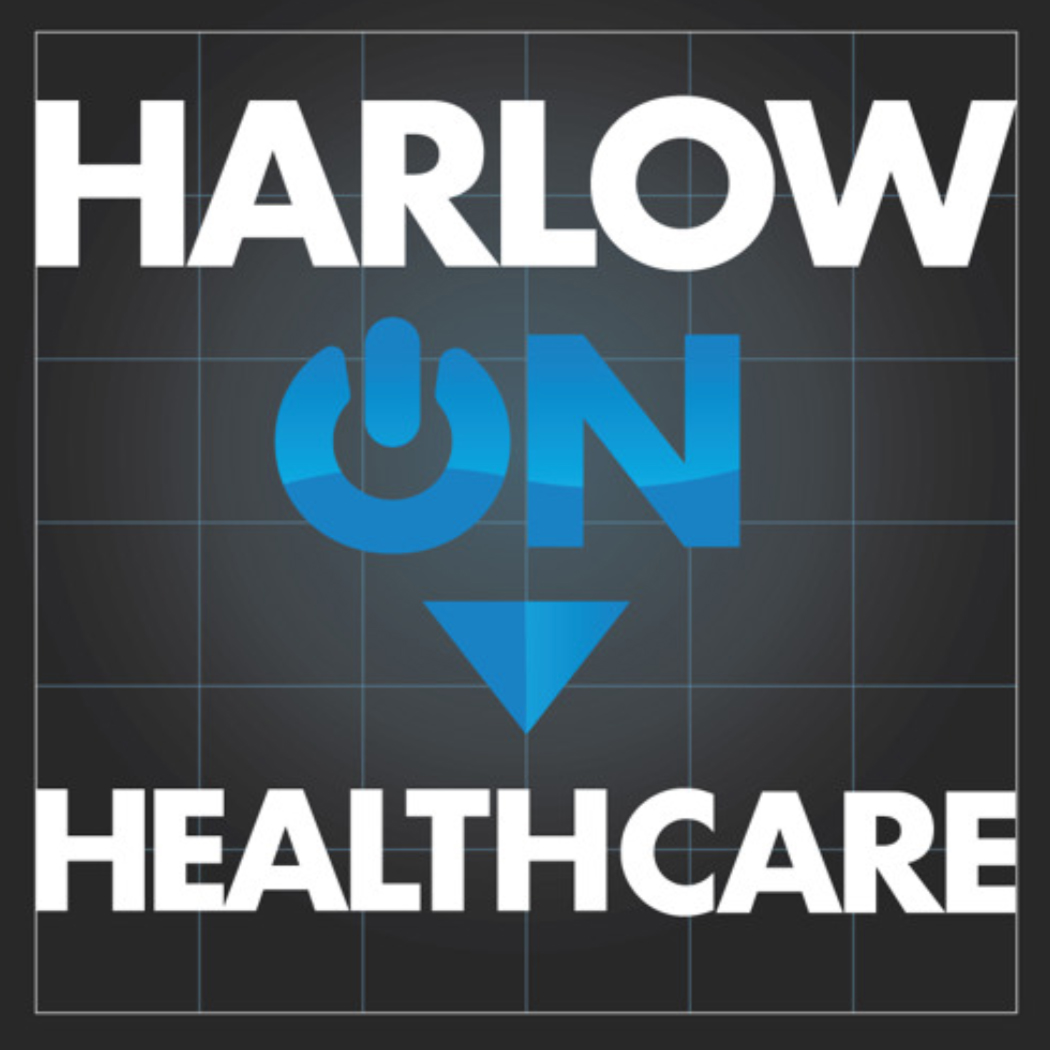My guest for this edition of Harlow on Healthcare is Peter Neumann. Peter is the Director of the Center for the Evaluation of Value and Risk in Health (@TuftsCEVR) at the Institute for Clinical Research and Health Policy Studies at Tufts Medical Center (@TuftsMedicalCtr), and is a professor of medicine at the Tufts University School of Medicine.
Peter’s quick definition of cost effectiveness analysis is a tool that helps us measure value, looking at costs of treatment and health effects and the cost per unit of health effect; for example, “the cost per life-year gained with a new drug is one way of measuring the value of that drug.”
The goal is to make the measurements objective so that the cost-effectiveness of one treatment for one population may be compared with that of another treatment for another population – by using measures such as quality-adjusted life-years (QALYs). However, subjective value judgments often creep into the calculus: Are we willing to spend more on cancer? On children? The subjective value judgments are at the heart of policy discussions, but the objective measurements help ground the discussion.
We spoke about the “Second Panel” on cost-effectiveness in medicine and health and a recent paper Peter co-authored on recommended areas for future research in the field. One area that was very interesting to me was the notion that we should be looking at health effects on caregivers of patients as part of the calculus. Peter observed that “the patient is the primary recipient, consumer and audience who receives the value but there are other important audiences as well, [like] caregivers…. [I]f you treat the patient with substance abuse disorder and that patient is managed well obviously the patient benefits but the caregiver benefits a lot. The family of that patient benefits a lot. Society benefits. And so the idea is if we really want to capture value we should be thinking more broadly about the audience not only the patient but the caregivers, the families, society; and in a kind of similar way there may be other sectors beyond healthcare that benefit that we might want to think about and in fact try to quantify.” For example, treatment of a patient with substance abuse disorder may result in a reduction in crime, in an increase in productivity.
Given the differences in state-by-state approaches to the opioid epidemic (e.g criminal enforcement vs. treatment and rehabilitation) we have a natural experiment that can yield data to be looked at in a cost-effectiveness analysis. As Peter observed, it is challenging to include the non-health costs and benefits in the analysis. And it is also challenging to measure because a strict quality model would be indifferent to the sequence of events and to the weights that would be assigned to different experiences by individual patients. “People may care about the order in which events happen; they may care a lot about not just how long they’re going to live but what is the probability that they’ll live until their son or daughter gets married …. The quality doesn’t always capture the richness of patient preferences about treatments about side effects about how a drug is administered about whether it’s at home or in a clinic and on and on the quality can’t possibly capture all of that complexity.”
“We try to be as objective and scientific as possible and then provide input into the policymakers’ decisions, the clinical decisions, the government and business decisions…. We’re trying to be technically as sound as we can. But we also have, I think, some humility about our ability to do it well. And part of what we’re doing is trying to characterize the uncertainty around the decisions but also recognize that the end of the day there are doctors and patients making decisions and patients making decisions about their own health. Those are very, very difficult. Resources are scarce. We can’t do everything that we would want to do for everyone and so cost effectiveness analysis helps us get the most health for the spend that we can.”
Peter’s hope for the future is a hope for improved health metrics and, as a result of applying these metrics, improved population health — without increasing spending. Peter believes that in the future we will be able to address waste and inefficiency in order to improve overall health.
I spoke with Peter as part of my ongoing series of fireside chats with healthcare innovation leaders – Harlow on Healthcare, on HealthcareNOW Radio. Listen to our radio station online, or ask your smart speaker (Amazon Echo or Google Home): “Find Tune In station HealthcareNOW Radio.” You can catch me live weekdays at 8:30 am, 4:30 pm and 12:30 am ET. As each new show goes live, the last one joins the archive, available via SoundCloud or your favorite podcast app (iTunes, Stitcher, iHeartRadio). Your comments are welcome here. Join the conversation on Twitter at #HarlowOnHC.
David Harlow
The Harlow Group LLC
Health Care Law and Consulting



[…] article was originally published on HealthBlawg and is republished here with […]